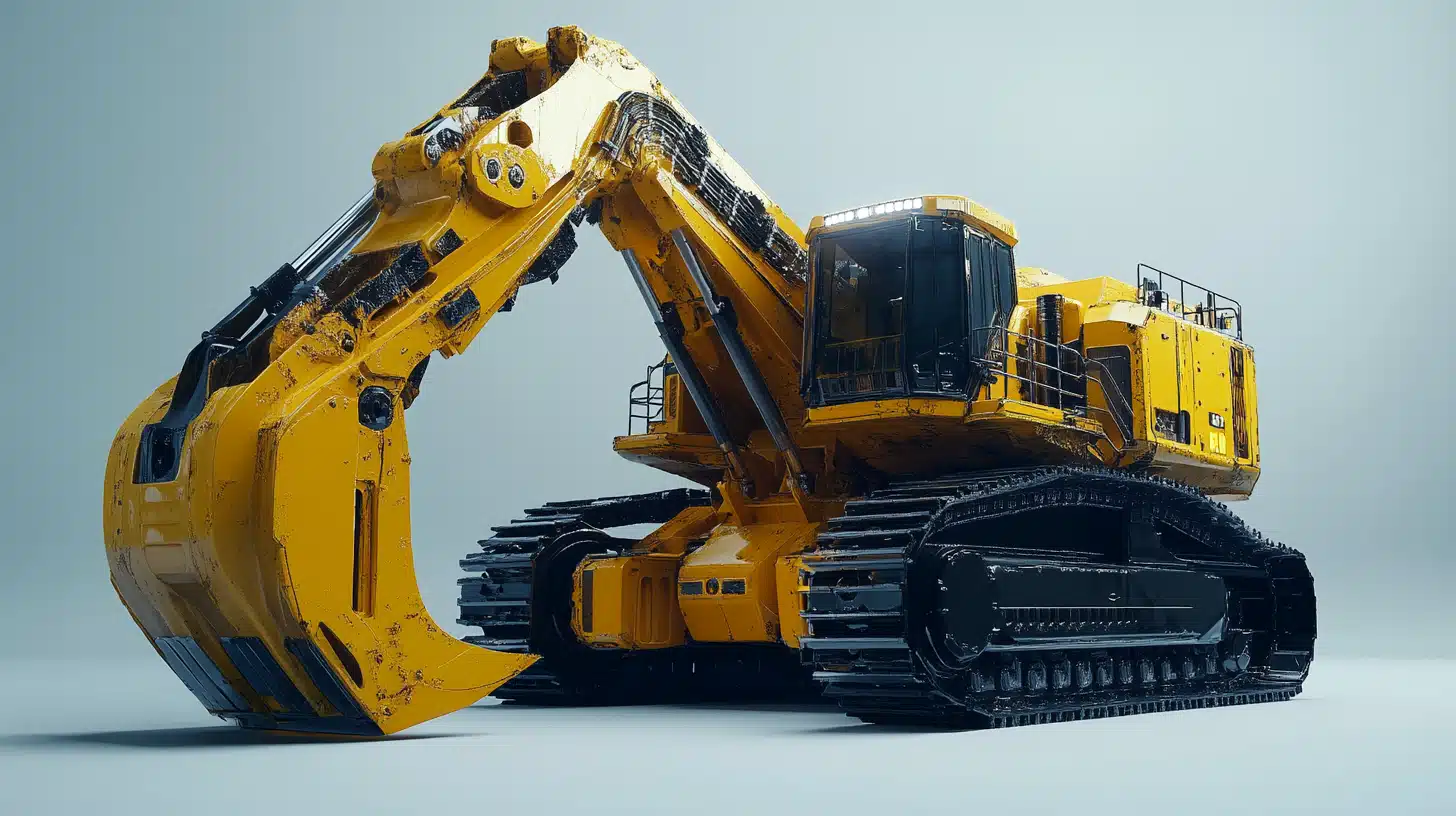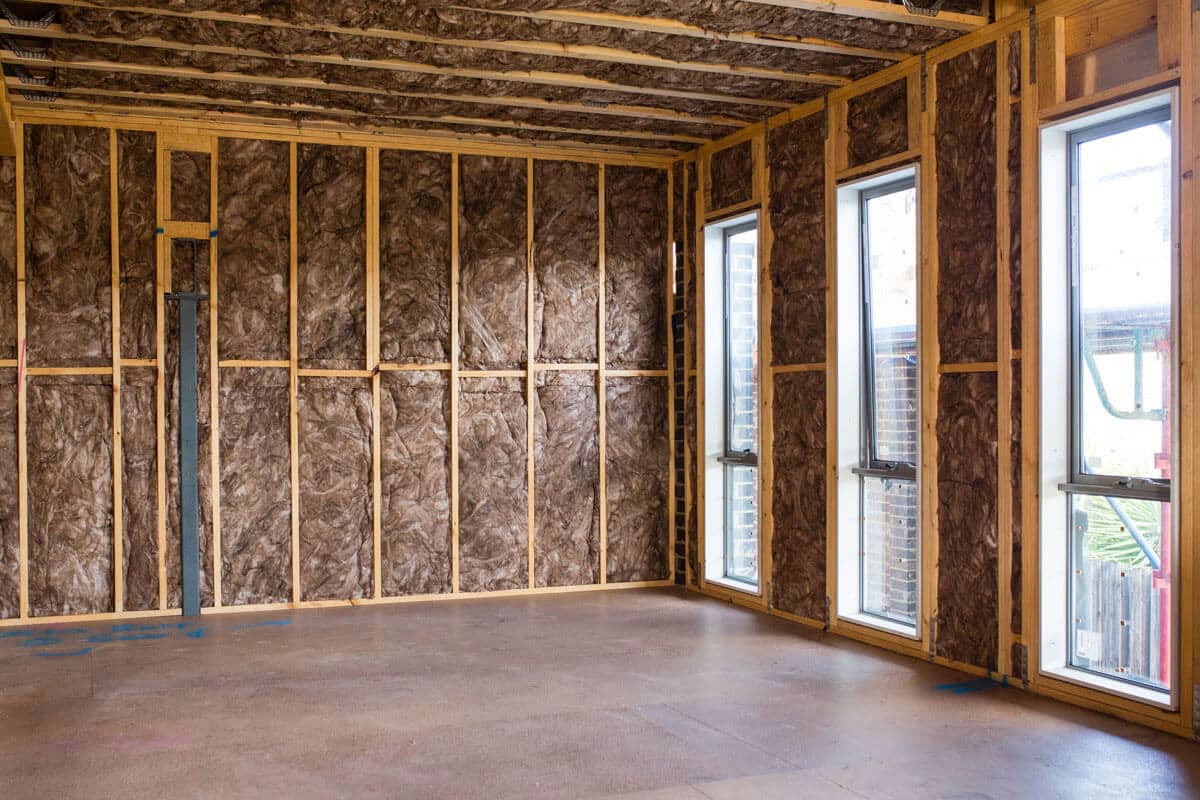The Latest Innovations in Construction Equipment: What to Expect in 2024
The construction industry has undergone a slow but considerable transformation in equipment and technology within the last few decades.
New technologies in materials have improved the construction estimating services machinery, while other enhancements, such as computerization, automation, and so on, have made construction machinery better. This article will describe the highlights of the construction equipment trends and novelties that are expected by the year 2024.
Transition to Electrical and Hybrid Machines

There will be a significant change in going from diesel/gas power equipment to electric/hybrid units. Powered by batteries, compact electric equipment such as skid steers, excavators, and wheel loaders is becoming fashionable owing to their relatively low noise and emissions.
Currently, there are already those manufacturers who have developed hybrid excavators and dozers that are used sometimes with electric and at other times diesel power with a view of saving on fuel.
The developments to be expected by 2024 show that the variety and capability for electric heavy machinery will significantly increase. Further developments in batteries mean that the electric platforms will be able to endure more severe tasks for longer periods.
Looking at the future, one can anticipate the use of haul trucks, cranes, large dozers, and excavators equipped with electric drive systems. The static charging infrastructure on construction estimation services sites will require significant upgrades to support these high-power electric fleets.
Autonomous and Remote-Controlled Machinery
Self-driving technology for the construction estimating service industry is out there but is still relatively nascent, and it is expected to become mainstream in the next 5 years. Some of the equipment that can be controlled today includes bulldozers and graders, which have GPS solutions that enable semi-autonomous operations at construction sites.
What remains with the operators is to address areas of steep gradients and other areas that may be hard for the machines to traverse.
The future will see completely autonomous equipment that requires any manual input from a human being. This is because shortly, some of the things that are likely to be seen are the excavators that are capable of digging entire trenches, the haul trucks that do not require drivers, and the robotic road rollers.
Robotic control centers for tablets or VR equipment will enable employees to operate equipment without being physically present near the equipment. As for complex jobs, they can also involve multiple vehicles to work in conjunction with one another, just through the use of cloud data sharing.
Rise of Exoskeleton Suits
Exoskeleton technologies will be developed and launched into large-scale production for construction teams by 2024. These wearable frames offer postural support to the hip and spine, or limb power enhancement. Robots that the workers wear on their bodies can help them lift even the heaviest loads with ease.
Orthosis support structures are passive when it comes to use in protection against injuries that may arise while handling bulky tools or other materials. Powered suits for the entire body even let the wearer engage in tasks such as digging, pulling, and hammering with Herculean force!
3D Printing in Construction
Mainstream adoption of 3D concrete printing will occur in the next two years or by 2024. A large number of companies have already employed these automatic constructors for home, workplace, and warehouse construction faster and cheaper.
With the advancement in technology, we hope to see the construction of other structures like bridges and dams, as well as commercial structures, being constructed through the additive construction technique.
The heavy equipment for large-scale 3D printing includes robotic arms that deposit layers of a specific type of concrete. It is also essential because it makes the walls using the architectural plans for a computerized system, eliminating the need for large formworks.
They are confident that this advancement will transform the offsite prefabrication technique and onsite construction of intricate systems.
Integrating IoT technology and utilizing data
The IoT will drive the data revolution in tomorrow’s construction technology platform. With modern sensors placed on pieces of equipment, it will be possible to monitor the state of the machines, their location, the progress of the projects, and overall site conditions at all times.
Advanced solutions such as construction fleet management platforms are critical in leveraging IoT technology to monitor and optimize construction equipment and fleet operations in real time.
It can also be used to track overall fleets and operations by construction estimating companies in real time to improve on them. The connected job site compiles volumes of data for analytical purposes. AI is employed in areas such as managing and scheduling maintenance, inventory, and control of waste, among many others, in a bid to help builders minimize costs and time.
Conclusion
They indicate that the next significant breakthroughs in construction machinery automation, electrification, and intelligence are on the horizon. The construction process of roads, buildings, bridges, and many such construction activities will be revolutionized by 2024.
This means that companies have to continue assessing the market to identify the latest in equipment technology that can be adopted in a bid to meet the competitive nature of the market. Just think how much innovative solutions and productivity tomorrow’s smart construction site is going to unleash!
Adopting this revolutionary gear right from the inception and, at the same time, managing the change will be the key to the growth of the industry. The broad changes may also have their downside, though, in some way. However, the prospect of high-automation low-carbon construction appears to be brighter than ever before!







